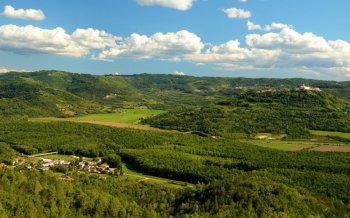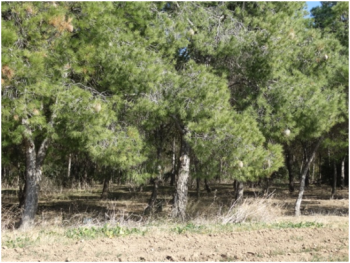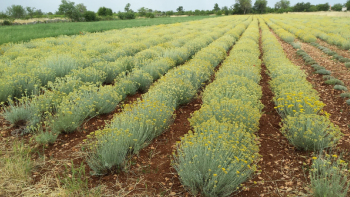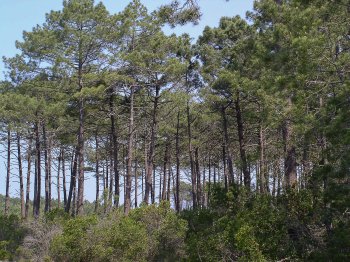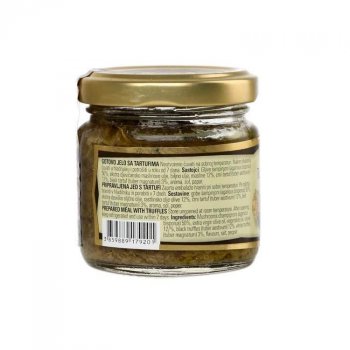Forest management adaptation to the production of equally worth non-wood forest products – a practical opinion
In the new context of multifuncionality, the development of management plans integrating both the wood and non-wood forest products (i.e. mushrooms and truffles) for a particular area, aiming to increase the total market value becomes a challenge. In the process of management plan formulation, additionally to the scientific knowledge, also the practical experience of collectors should be taken into consideration.

